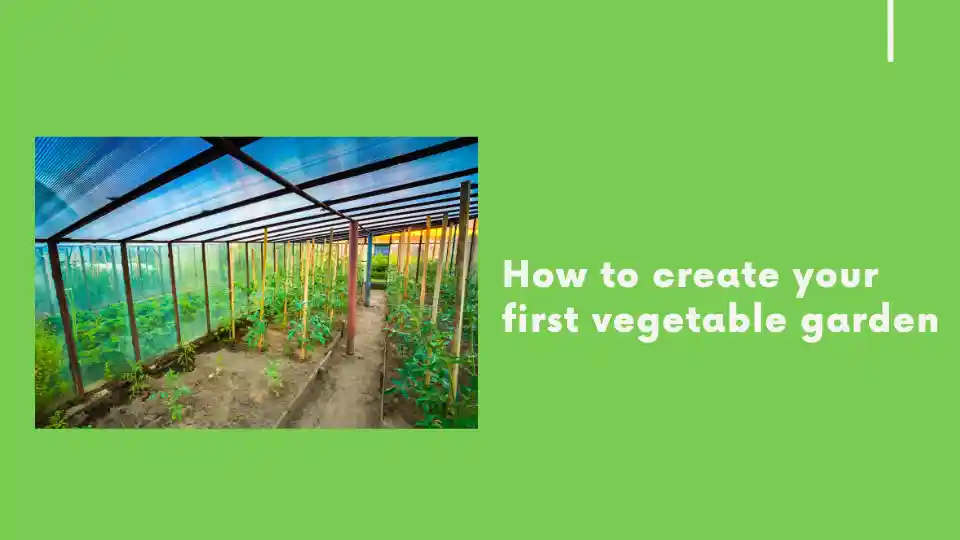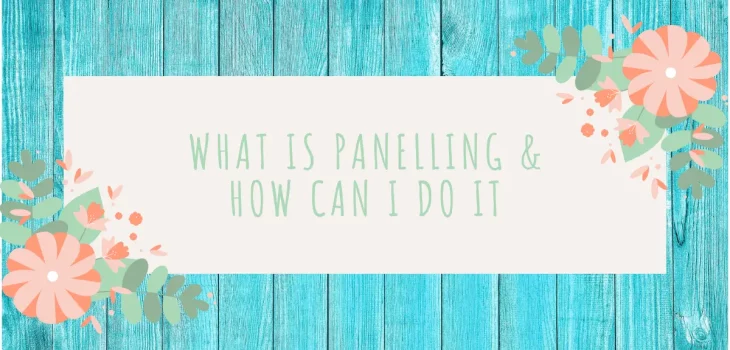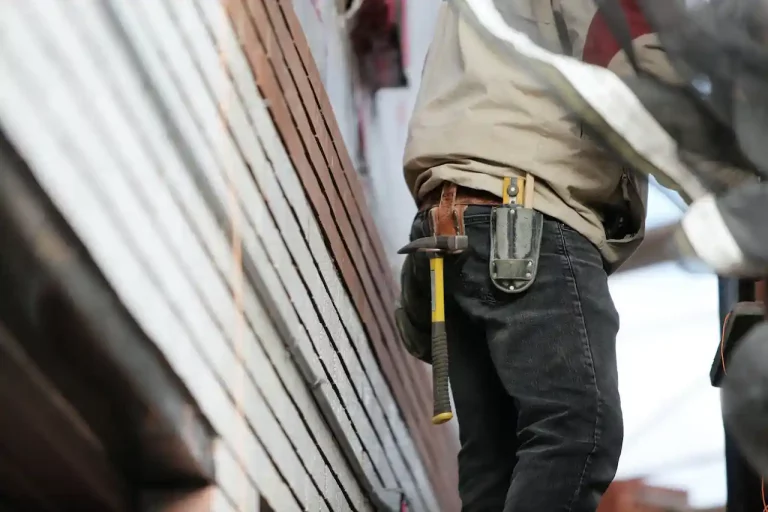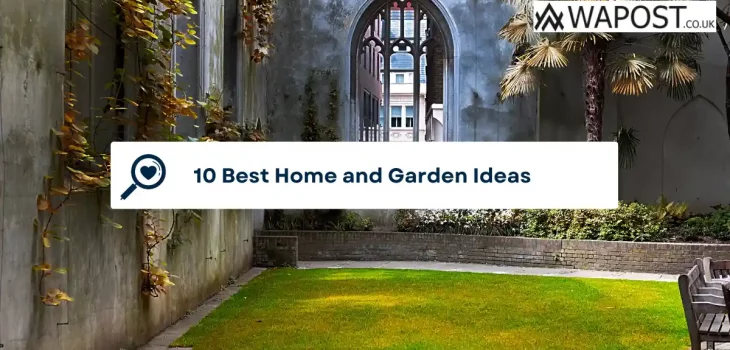How to create your first vegetable garden
Are you looking for ways to eat more sustainably? Growing your own produce certainly helps cut down on food miles, which generate nearly 20% of all CO2 emissions from food. It also forces you to eat with the seasons, planning meals around what’s ready and not what’s imported to supermarket shelves all year round to meet consumer demand.
The Royal Horticultural Society cites the benefits of gardening for your health and wellbeing too, including getting active and reducing stress. At the same time, starting your own vegetable patch might seem daunting at first – but a little knowhow and preparation will help you reap tasty, nutritious rewards!
Pick up the basics of vegetable gardening and planning below, from choosing the right area to sowing the right seeds.
Plan your plot location and size
If you’re planning to grow vegetables in your own garden rather an allotment, aim to choose a site with the following characteristics:
- Plenty of direct sunlight to help stimulate your vegetables
- Good drainage to avoid water pools and soggy soil which can rot roots
- Low wind – perhaps sheltered by fencing or other barriers – to avoid knocking over younger plants or deterring pollinators
- Nutrient-rich soil – if you don’t have this already, you can easily mix it in
In terms of plot size, starting small will reduce the risk of having surplus veggies!
Choose what vegetables to grow
You might have exotic tastes when it comes to vegetables, but some are much easier to grow than others.
Lettuce, tomatoes, courgettes, peppers and carrots are all relatively productive in typical UK conditions. Of course, it makes sense to choose those which you and your family enjoy eating!
You may also want to factor in their growing seasons and your availability to care for them. If you tend to be away for parts of summer for example, cool-season crops such as lettuce, kale and root vegetables will be more suitable than tomatoes.
Where and when you should plant
Planning the planting of a few plants of the same type is simple. But if you want some more diversity, you’ll need to think about where different vegetables will go and when they need to be planted.
We’ve already touched on warm and cool-season crops, which are planted in late spring or summer and early spring or fall respectively. Tall veggies such as sweet corn meanwhile should be planted on the north side of your garden to avoid shading shorter plants.
Staggering planting crops of the same type is best if you want to avoid harvesting them all at the same time too!
Prepare to fight diseases and pests
Unfortunately, pests and diseases can easily damage or kill crops, so you’ll want to take some precautions such as:
- Using clean straw or compost to keep weeds at bay
- Keeping animals out with deep fencing, if necessary
- Deterring insects by hand or using pest-control chemicals
- Watering the soil, not the leaves of plants, to reduce risk of fungal diseases
With these tips in mind, you can begin planning a productive first vegetable garden!







